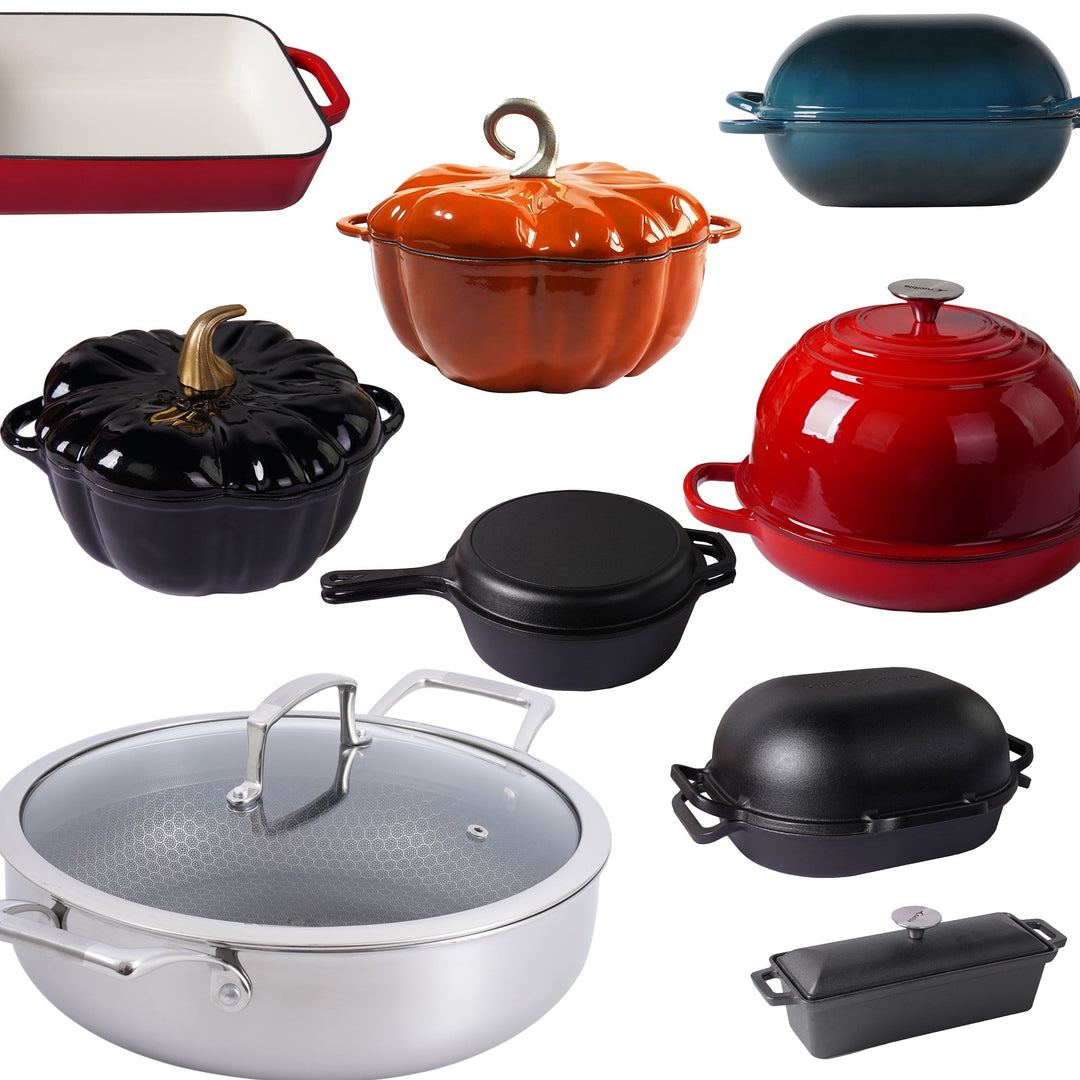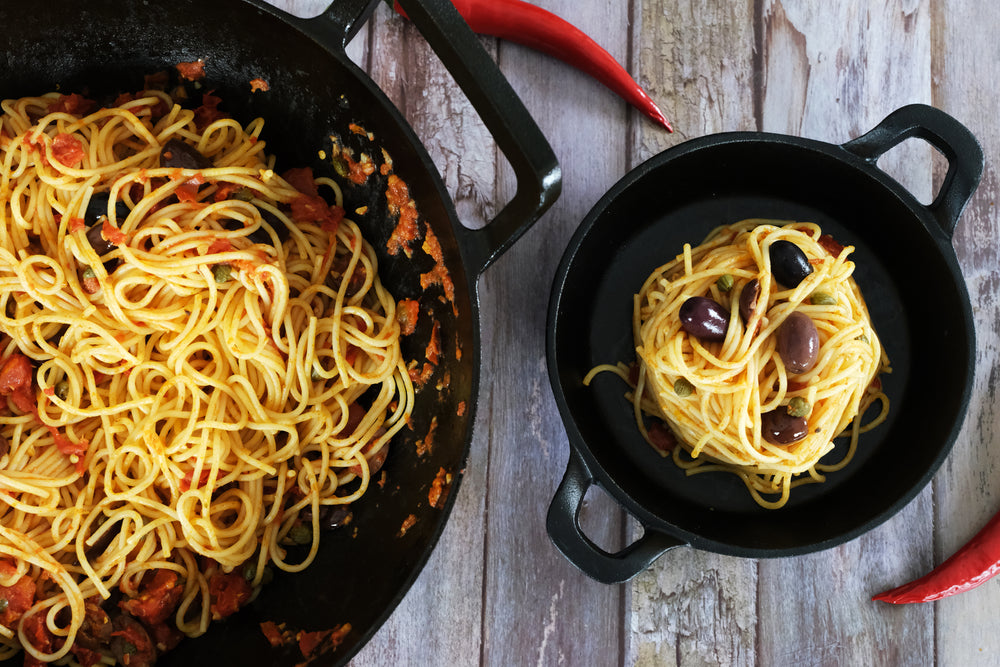مزيج العجين المخمر الطبيعي

المكونات
اليوم الأول
- 1 ديسيلتر ماء
- 0.5 ديسيلتر دقيق القمح
- 0.5 ديسيلتر دقيق الجاودار
اليوم الثاني
- 1 ديسيلتر ماء
- 0.5 ديسيلتر دقيق الجاودار
- 0.5 ديسيلتر دقيق القمح
اليوم الثالث
- 1 ديسيلتر ماء
- 0.5 ديسيلتر دقيق الجاودار
- 0.5 ديسيلتر دقيق القمح
المعدات
- جرة زجاجية بسعة 0.6 لتر مع غطاء
تعليمات
التحضير
تأكد من أن الجرة التي ستضع فيها العجين المخمّر نظيفة جيدًا وعقم الجرة في فرن ساخن بدرجة 300°F/150°C لمدة حوالي 15 دقيقة. إذا كان هناك حلقة مطاطية على الغطاء، اغليها في الماء لتصبح خالية تمامًا من البكتيريا.
اليوم الأول
صب ماء دافئ في جرة زجاجية نظيفة بعناية مع غطاء (تسع حوالي 6 ديسيلتر). أضف 0.5 ديسيلتر دقيق القمح و0.5 ديسيلتر دقيق الجاودار. حرّك بالشوكة حتى تحصل على خليط ناعم لزج إلى حد ما. لا يجب أن تكون كمية الماء والدقيق دقيقة، المهم أن تحصل على قوام مشابه لعجينة الفطائر السميكة.
خزن مُخمّر العجين في درجة حرارة الغرفة مع إبقاء الغطاء مفتوحًا قليلاً حتى تصل البكتيريا الموجودة في الهواء إلى العجين.
اليوم الثاني
نأمل أن تكون هناك الآن بعض الفقاعات الهوائية في العجين المخمّر ويمكنك أن تشم رائحة خفيفة وعطرية. لا تقلق، لم يبدأ بعد، قد تستغرق العملية يومًا إلى يومين حسب درجة حرارة الغرفة ونوع الدقيق الذي استخدمته.
غذِّ العجين المخمّر بـ 1 ديسيلتر ماء، 0.5 ديسيلتر دقيق الجاودار و0.5 ديسيلتر دقيق القمح وحرّك. خزن في درجة حرارة الغرفة مع إبقاء الغطاء مفتوحًا قليلاً.
اليوم الثالث
غذِّ العجين المخمّر بـ 1 ديسيلتر ماء، 0.5 ديسيلتر دقيق الجاودار و0.5 ديسيلتر دقيق القمح.
حرّك وخزن في درجة حرارة الغرفة مع إبقاء الغطاء مفتوحًا قليلاً.
اليوم الرابع
الآن من المتوقع أن يكون مُخمّر العجين جاهزًا للخبز به. مع كل يوم تقوم فيه بتغذية مُخمّر العجين، يستغرق الأمر وقتًا أقل ليبدأ في التكوّن الفقاعي. عادةً ما يبدأ العجين المخمّر الصحي والناضج في التكوّن الفقاعي بعد 2-3 ساعات من التغذية.
حاول هز الجرة بلطف أو تحريكها وستلاحظ أنها تتحرك تقريبًا من تلقاء نفسها. هناك حياة بداخلها ويمكنك الآن البدء في خبز خبز العجين المخمّر بها.
يرجى الملاحظة! لا تنسَ تغذية مُخمّر العجين في اليوم الذي يسبق الخبز به. ومع ذلك، لا تقم بتغذيته فورًا بعد الخبز به إلا إذا كنت تخطط للخبز به في اليوم التالي أيضًا.
التخزين
تخزين العجين المخمّر في الثلاجة يمكن أن يبطئ عملية التخمير، وهو أمر مفيد إذا كنت ترغب في الاحتفاظ بمُخمّر العجين أو العجين لفترة طويلة دون الحاجة إلى تغذيته بانتظام. عند تخزينه في الثلاجة، تتباطأ عملية التخمير بشكل كبير، لذا لن تحتاج إلى تغذية مُخمّر العجين بشكل متكرر. ومع ذلك، ضع في اعتبارك أن درجات الحرارة الباردة يمكن أن تسبب أيضًا ضعفًا في بنية الغلوتين، مما قد يؤثر على قوام الخبز النهائي إذا تم تخزينه في الثلاجة لفترة طويلة جدًا. إذا كنت تخطط لاستخدام مُخمّر العجين خلال أسبوع تقريبًا، فلا بأس من الاحتفاظ به في الثلاجة. فقط تأكد من إعادته إلى درجة حرارة الغرفة وتغذيته قبل استخدامه في وصفاتك.




حفظ وصفة لوقت لاحق؟
إذا كنت تريد حفظ هذه الوصفة لاحقًا، يمكنك طباعتها، أو وضع إشارة مرجعية على الصفحة، أو حفظها في Pinterest.
كيفية طباعة وصفة بدون الصور
- اذهب إلى https://www.printfriendly.com/
- أدخل الرابط الخاص بالوصفة في حقل الإدخال وانقر على زر "معاينة".
- في المعاينة، حوم فوق العنصر الذي لا تريد طباعته (صور أو عناصر أخرى) وانقر على رمز سلة المهملات لإزالته.
- عندما تنتهي، انقر على زر الطباعة.
















اترك تعليقًا